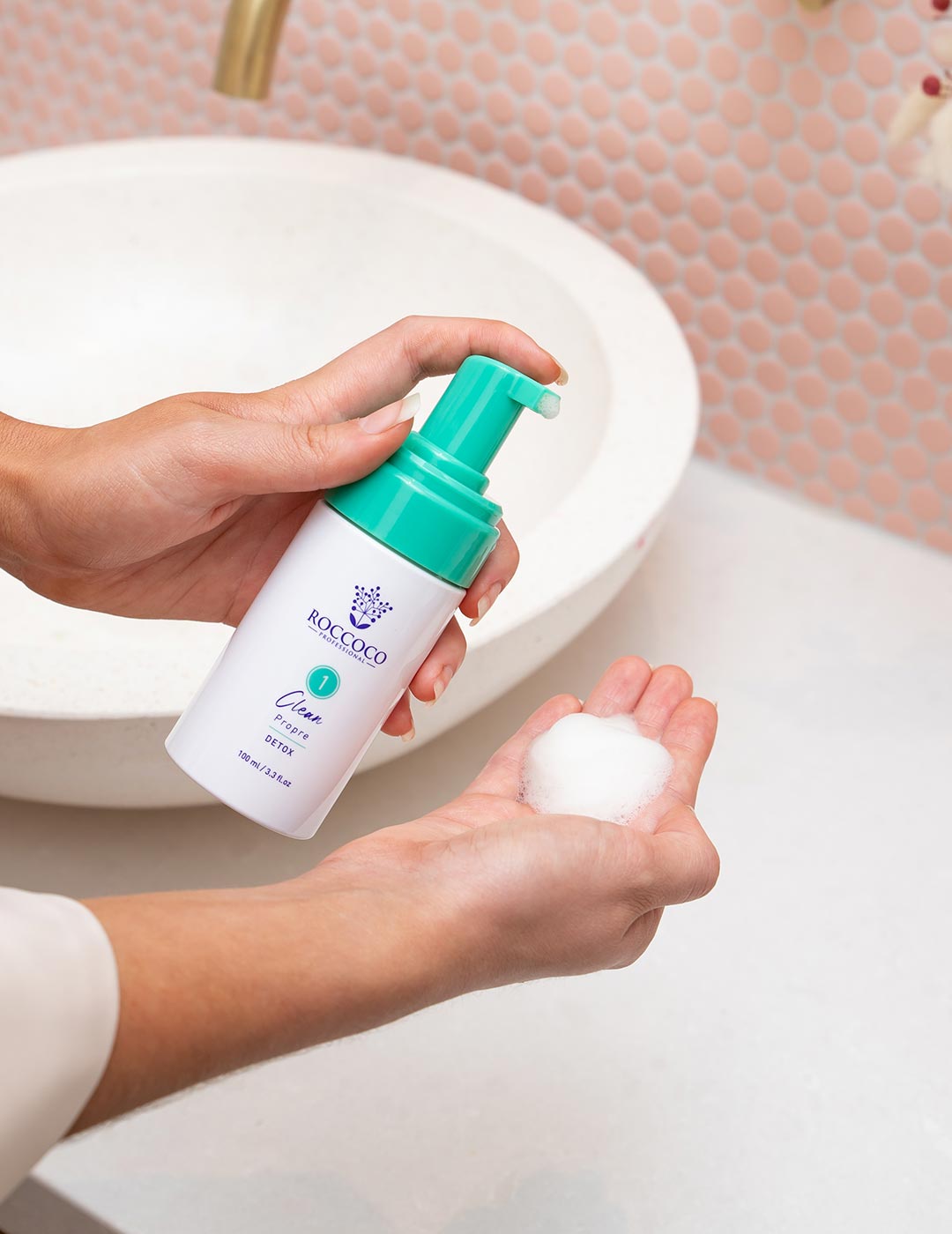The teenage years are full of independence, as well as peer pressure and fitting in. For many, it can be a challenging time in their life. Having skin breakouts just makes it even worse. Teenage acne is more common than most realise, with 95% of teens experiencing acne at some point.
Isn’t all acne the same?
No, it isn’t all the same. Teenage acne is different to adult acne. During adolescence there is a surge in growth hormone, which causes the oil glands to become over active and pump out more sebum. The growth hormone doesn’t only affect the amount of oil, but also the amount of skin cells that are produced, with many teens finding the result of this hormonal surge being a face full of blackheads and pimples. Growth hormone is also responsible for the skin becoming thicker and more textured. Adults who experience acne do not produce as high amount of sebum and tend to have more inflammatory lesions. Teens on the other hand have a higher number of blackheads and whiteheads and their skin is very oily and congested.
Growth hormone is not the only hormone that increases during this time. A hormone called Insulin-Like Growth Factor (IGF) also increases and is closely tied to growth hormone. IGF also causes an increase in both sebum and the number of skin cells that are produced. This provides the perfect environment for congestion, breakouts and increased number of bacteria on the skin.
These two hormones also have an effect on the skin’s microbiome. The different species of acne bacteria growing during this time, many of which are particularly inflammatory, as well as the activation of the body’s immune response alters its health which leads to further issues. After puberty, levels of this hormone return to normal.
One of the consequences of this alteration of the microbiome is an increase in the growth of yeasts and fungi on the skin. Yeasts such as Malasezzia require sebum as a food source. During the teen years this is produced in abundance, leaving an overgrowth of fungi and yeast on the skin. These micro-organisms can become difficult to remove, due to the nature of them forming a protective glue around themselves called a Biofilm.
Teen skin has specific needs
With their skin being oilier, they need a cleanser that effectively cleanses, without stripping their skin. Scrubbing the skin isn’t the answer either, because the bacteria are all stuck together in the biofilm glue, which literally anchors them to the skin. Normal cleansers simply don’t remove them. Our Clean cleanser is specifically designed for teen skin. Exclusive to Roccoco, it contains a yeast ferment that removes the biofilm for a super clean skin, without feeling stripped or dry. It also contains anti-inflammatory essential fatty acids to restore the skin barrier.
With their microbiome being altered, prebiotics have never been more crucial. Prebiotics provide a food source that can only be utilised by the “healthy” bacteria on the skin, balancing out the strains and minimising inflammatory strains that are causing issues. Our Clear serum contains prebiotics of Inulin, which outperforms hyaluronic acid with its hydration. Based on chicory root it helps to restore the microbiome.
The ideal moisturiser for a teenage skin should be assisting to regulate the excess sebum and skin cells. Hydration is key here, because dehydrating the skin can have negative consequences for healing and also scarring. Our Confident moisturiser contains colloidal oatmeal, which is renowned for its soothing properties with atopic and allergic skin conditions. It also contains Magnolia, a powerful anti-inflammatory active that inhibits the growth of acne bacteria and fungi. It is ideal for restoring the skin barrier and aiding hydration of the skin.
Teen skin has unique needs due to their hormonal changes. Our Clean, Clear and Confident range was formulated specifically for the needs and challenges of their skin. This new range will be available to pre-order from 28th July 9am AEST.
Read more

Whilst Sulphur is known for its antimicrobial properties and has been used since Ancient Egyptian times as a treatment for acne, we still need to proceed with some degree of caution.

In this blog, we break down the truth behind the acne-fighting powers of Raspberry seed oil. Also, find out why it is a must-have for anyone with acne prone skin. Acne is a very common skin problem...



